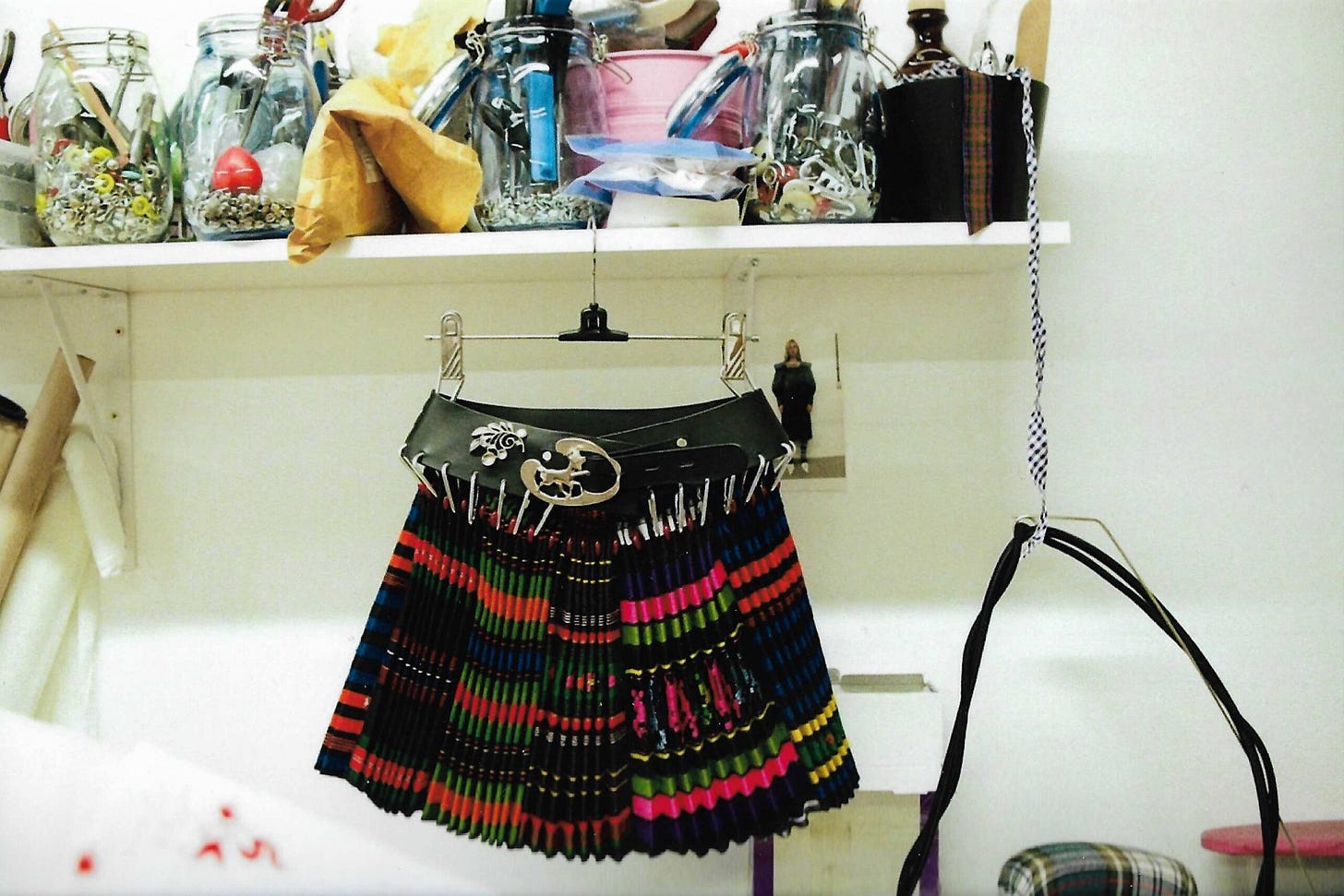Independent designers copy each other just as much as the big brands
We speak with designers, critics, and an anonymous SSENSE buyer to understand why plagiarism is so prevalent right now.

In June 2017, fashion critic Charlie Porter wrote in a review for the Financial Times: “20 looks into an already confusing Emporio Armani show, out came a jacket that to my eyes was by Craig Green.” He noted in his piece that Mr Armani would unlikely have been involved in the design dupe but encouraged the label’s team to investigate nonetheless. Not long after, Mr Armani reached out to Porter to let him know the pieces would be rescinded. “From what I remember, I only called it out when it was stark and impactful on the person being copied, by someone who didn’t need to copy.”
When we think about plagiarism in fashion, we tend to think of big, old brands like Armani pillaging the fresh ideas of smaller ones like Craig Green. It's how accounts like Diet Prada rose to Instagram infamy, comparing David's designs to Goliath's replicas. It's not a problem that's completely disappeared. However, a conversation we're more reluctant to have is the one about how emerging designers often copy each other and what impact this is having.
Whether it's the Chopova Lowena carabiner skirt everyone and their dog have emulated, or Paolina Russo’s signature illusion knit that’s quickly become ubiquitous, the unique quirks that help designers first gather momentum soon end up played out – well before their inventors can reap the rewards. How sustainable is this?



